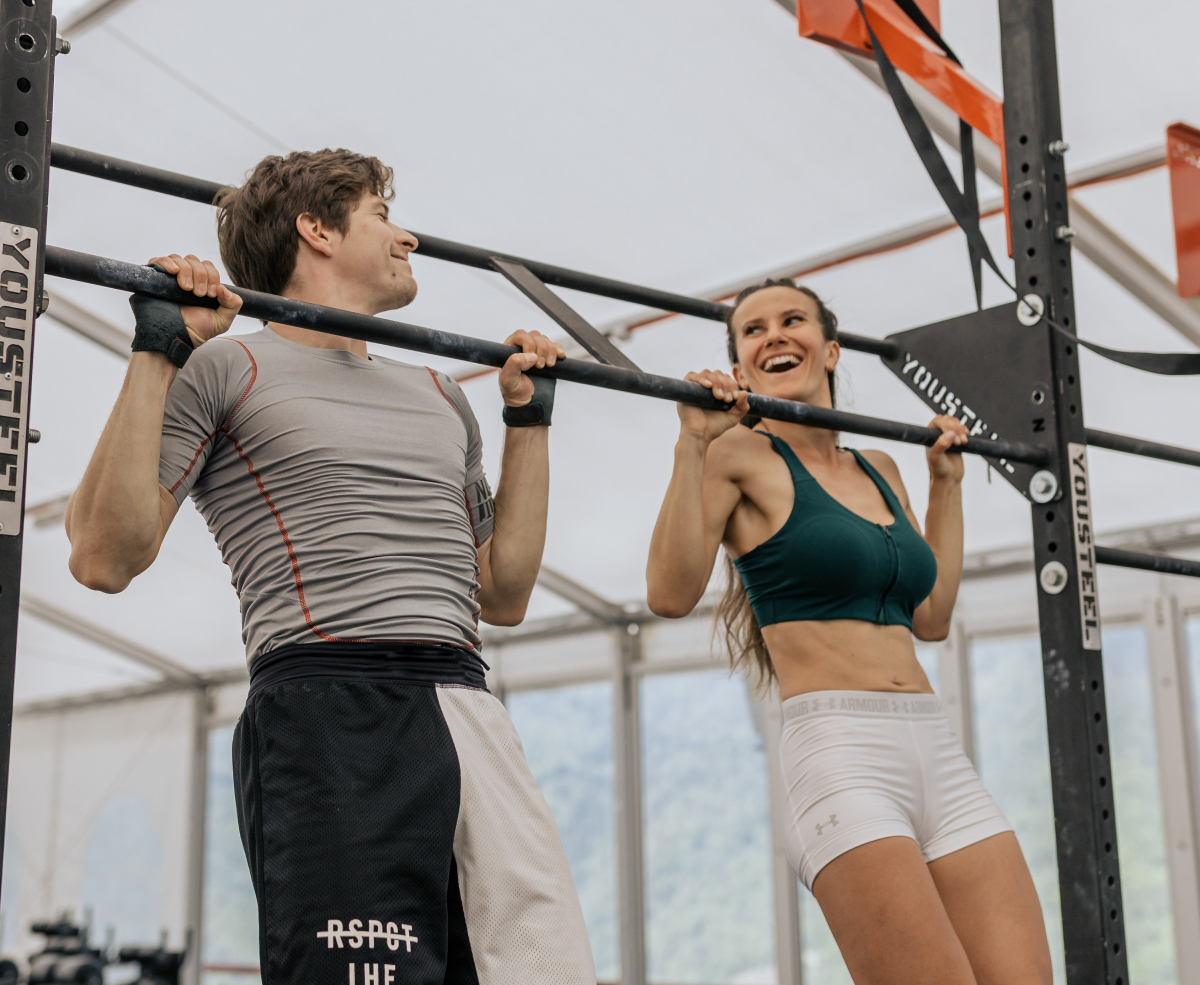Bone stress injuries have a shockingly high incidence rate in running sports, with estimates of 4.9-21.1% in cross country runners each year (1). Having a history of bone stress injury (BSI) is a risk factor for future BSI’s, so we want to help our clients prevent them in the first place to have a long, healthy running career. Here we’ll review 5 keys to preventing BSI’s in runners.
Why do BSI’s happen?
When a bone is loaded sufficiently, a micro crack develops. When that micro crack develops it takes about 10 days for osteoclasts to arrive at the micro crack. Once those osteoclasts arrive they resorb (break down) that damaged bone which temporarily makes the bone more porous and less stiff. Typically, this resorption happens for about 21 days, so the bone is actually becoming increasingly vulnerable and sensitive to loading (2). Then the bone begins remodeling and bone mass is restored to pre-micro damage levels. However, if high levels of loading continue or even ramp up in volume and/or intensity when the bone is in a more porous, less stiff state, a vicious cycle is set in motion. The now porous and less stiff region of bone accumulates more stress, leading to further micro damage, which leads to increased porosity and decreased stiffness, eventually leading to a stress reaction. If this goes on long enough, this can lead to a stress fracture and potentially a complete fracture if not addressed. In short, BSI’s happen when repetitive loads on a bone outpace its ability to remodel and recover.
Where do BSI’s happen in runners?
In long distance runners, roughly half of BSI’s occur in the diaphysis of the tibia, while the remaining tend to occur in the femur, fibula, calcaneus, tarsals and metatarsals (1). Understanding the location of where BSI’s occur is crucial not only for diagnosis, but also for prevention, since a history of BSI is a strong risk factor for developing a future BSI. For example, if a runner previously had a tarsal BSI they may be more sensitive to running uphill and this type of training might need to be increased more conservatively in order to prevent a recurrence of injury to that area.
How do we prevent BSI’s in runners?
BSI’s are multifactorial, here we’ll focus on 5 key training considerations to decrease BSI risk:
- Avoid major spikes in loading
As mentioned earlier, bone can remodel and adapt if loads are progressively increased. A commonly used paradigm is the “10% rule”. This guideline suggests that the workload should be increased by a maximum of 10% each week. Note, this guideline tends to work at a population level, which means it won’t fit all runners. For some runners this progression may be too fast, while others may be able to tolerate spikes in loading in excess of this guideline.
In general, there are two common situations where we see a large spike in loading:
- The sedentary individual beginning running. In a study of military recruits, those with 1 month or less of running experience had an increased risk of suffering a BSI in basic training (3).
- The track athlete during preseason. Research shows that collegiate level athletes have a 43% increased risk of BSI during the preseason, since they are likely ramping up training too quickly after taking time off from their sport (4).
Runners in these situations likely need a slower progression to reduce BSI risk. In addition, examining other BSI risk factors helps determine how conservative their increase in workload should be. Some risk factors to consider are: hormonal status, nutrition status, presence of a bone disease, and injury history (i.e. recent immobilization, history of BSI) (2).
2. Increase volume, then intensity
The workload placed on a bone is related to the volume (number of loading cycles) and the intensity (magnitude and/or rate of load). While we want to gradually increase both over time, bone is more sensitive to changes in intensity. Research shows that fracture risk rises at a much faster rate with increases in intensity as compared to increases in volume (2). So when considering changes in training, think volume first, then intensity.
3.Employ rest periods from running
To allow adequate recovery and adaptation, we want to include regular breaks from the repetitive loads of distance running. While this will vary on an individual basis, a starting point for cross country runners (who may be running high volumes year round), could be the following rest schedule (2):
- Weekly: 1 day off
- Every 3 months: 1-2 weeks off
- Yearly participation should be limited to 9-10 months
Of course, runners with a lower training volume may not need as much rest, so that rest should be adjusted based on the individual’s target training and competition schedule. Also, to clarify, rest does not imply total rest from all training. We would still employ other forms of training in those rest periods such as swimming or biking to expose the body to a different loading profile than that of running.
4. Monitor environmental changes
Different environments imply a different direction and magnitude of loading. For example, running on trails and hills represents a different load pattern for the lower extremities, as compared to running on a flat treadmill. So just like intensity, any changes in environment should be introduced gradually. A general guideline is to introduce a new environmental change 1 day per week (e.g. if running 5 days per week on asphalt, trade 1 day per week for trail running rather than substituting all 5 road running days for trail running) (2). Also, as we discussed previously, if an athlete has a history of BSI, they may be more sensitive to certain surface changes (e.g. a tarsal BSI and uphill running).
5. Modify running technique
Technique can significantly impact the magnitude and direction of lower extremity loads in running. A relatively easy and effective technique modification is to increase step cadence by 5-10%. Research shows that this reduction in stride length leads to decreased braking forces upon landing, resulting in a lower magnitude of load on the lower extremities (2).
Summary
In summary, here are 5 training tips to prevent bone stress injuries in runners:
- Avoid major spikes in loading
- Increase volume, then intensity
- Employ rest periods on a weekly, monthly, and yearly basis
- Monitor environmental changes and introduce new training surfaces gradually
- Modify technique-consider increasing step cadence
References:
- Warden, S. J., Davis, I. S., & Fredericson, M. (2014). Management and prevention of bone stress injuries in long-distance runners. The Journal of orthopaedic and sports physical therapy, 44(10), 749–765. https://doi.org/10.2519/jospt.2014.5334
- Warden, S. (n.d.). Bone Stress Injuries: causes, diagnoses, prevention and management [Online Course]. PhysioNetwork. https://www.physio-network.com/masterclass/bone-stress-injuries/
- Shaffer, R. A., Brodine, S. K., Almeida, S. A., Williams, K. M., & Ronaghy, S. (1999). Use of simple measures of physical activity to predict stress fractures in young men undergoing a rigorous physical training program. American journal of epidemiology, 149(3), 236–242. https://doi.org/10.1093/oxfordjournals.aje.a009797
- Rizzone, K. H., Ackerman, K. E., Roos, K. G., Dompier, T. P., & Kerr, Z. Y. (2017). The Epidemiology of Stress Fractures in Collegiate Student-Athletes, 2004-2005 Through 2013-2014 Academic Years. Journal of athletic training, 52(10), 966–975. https://doi.org/10.4085/1062-6050-52.8.01






